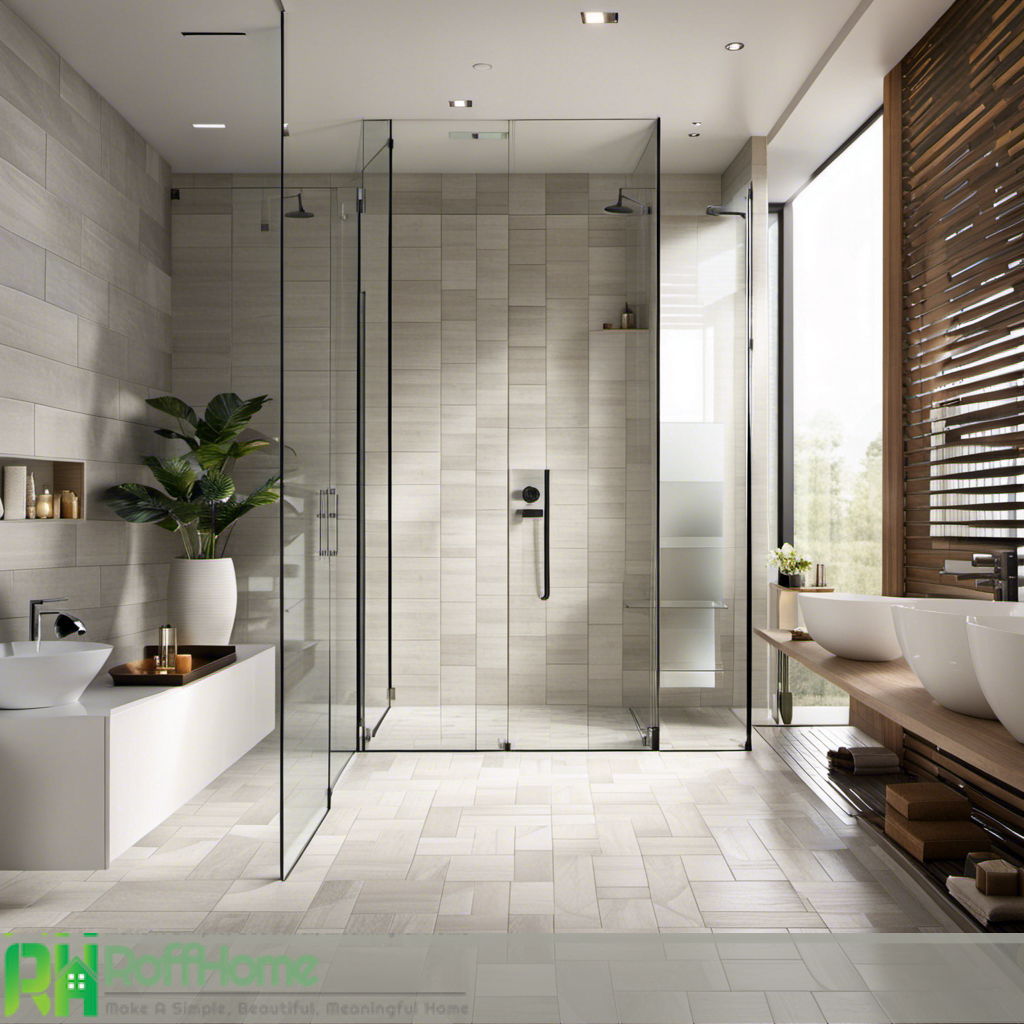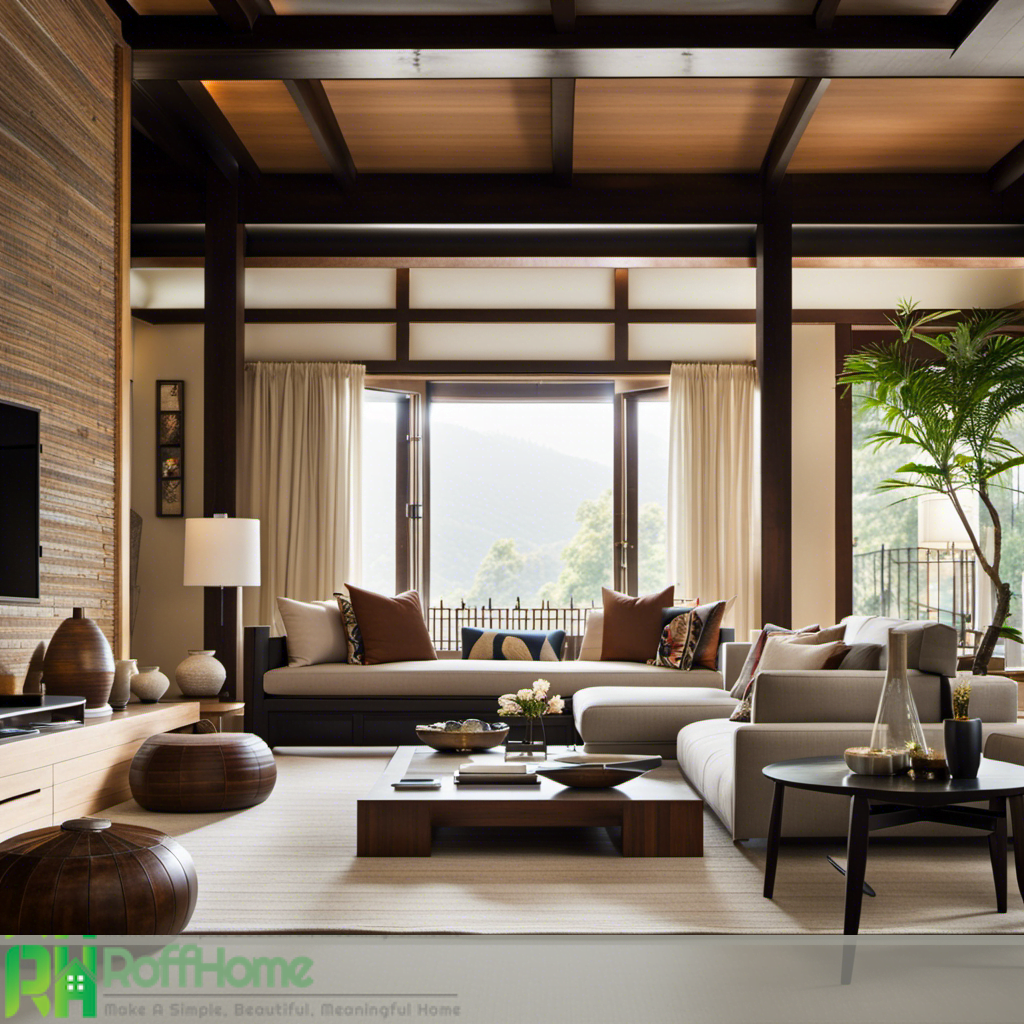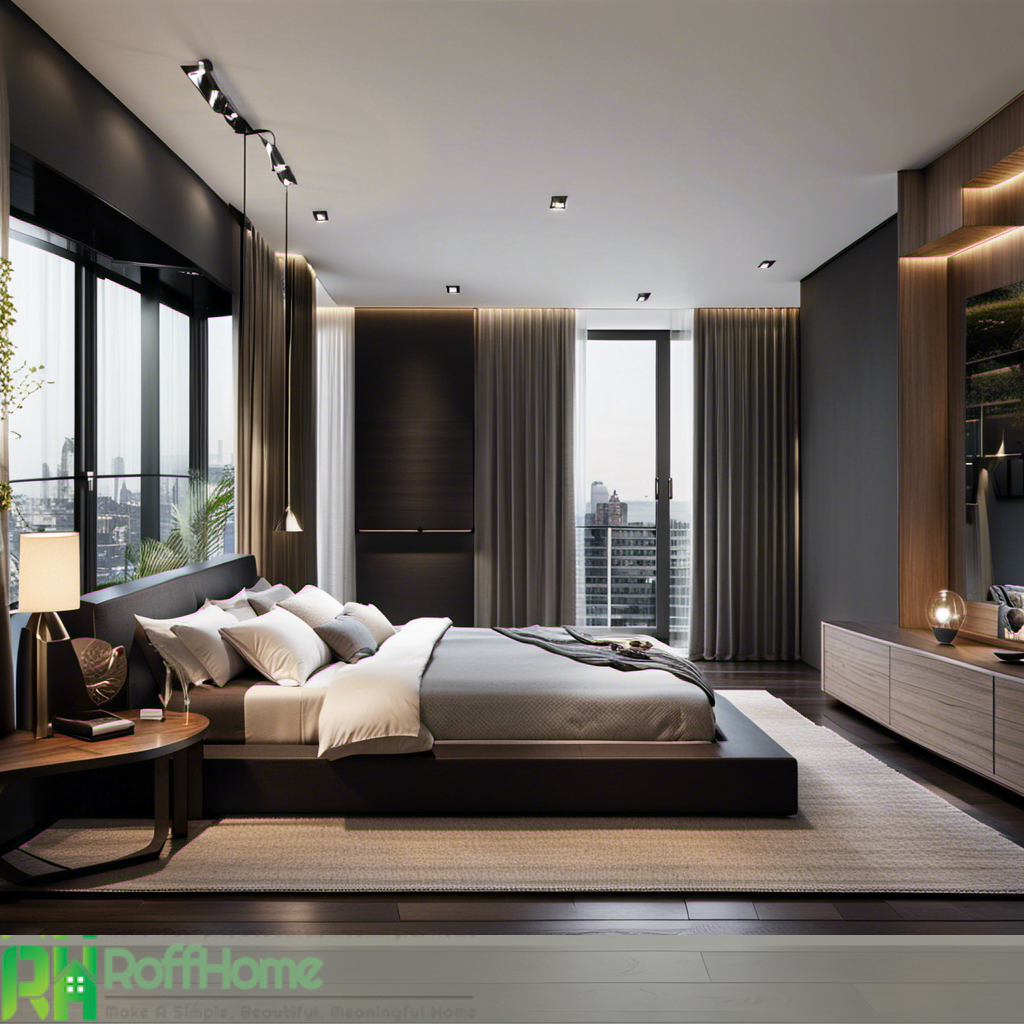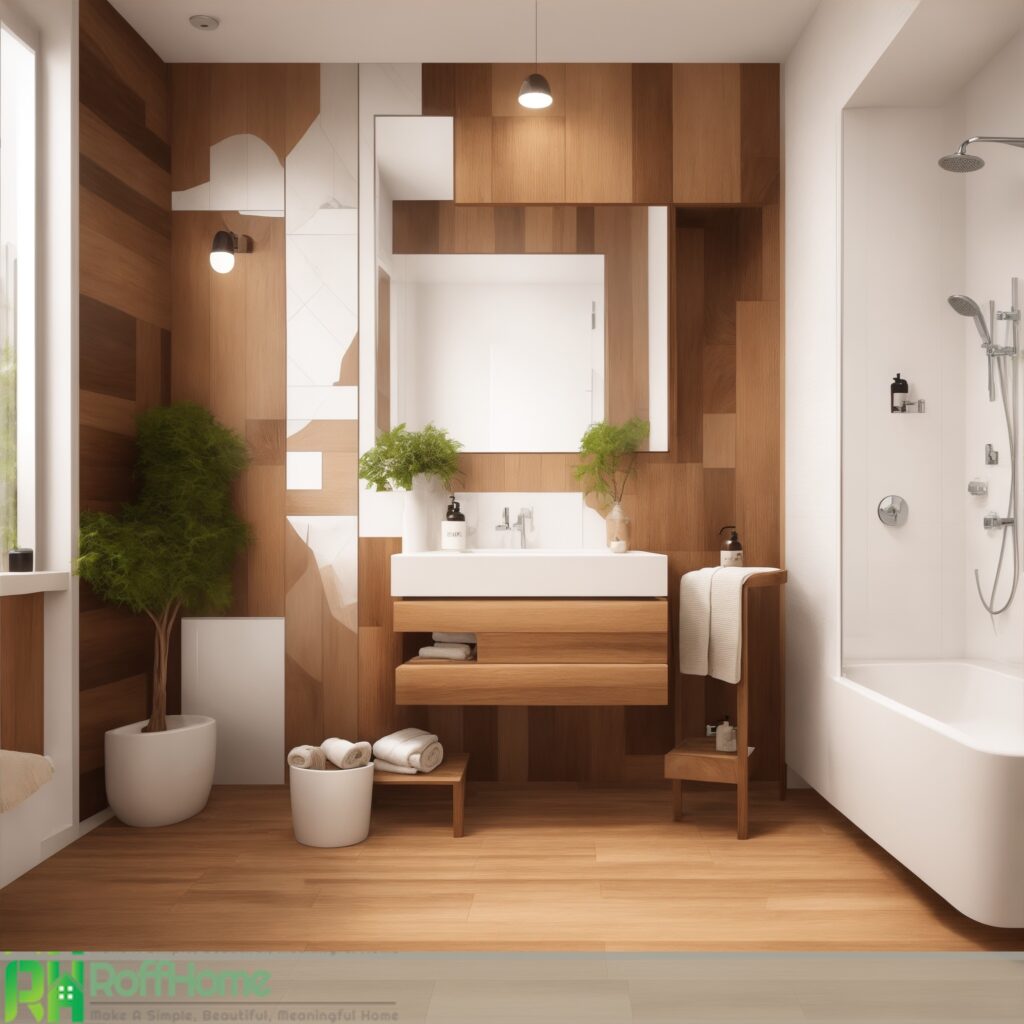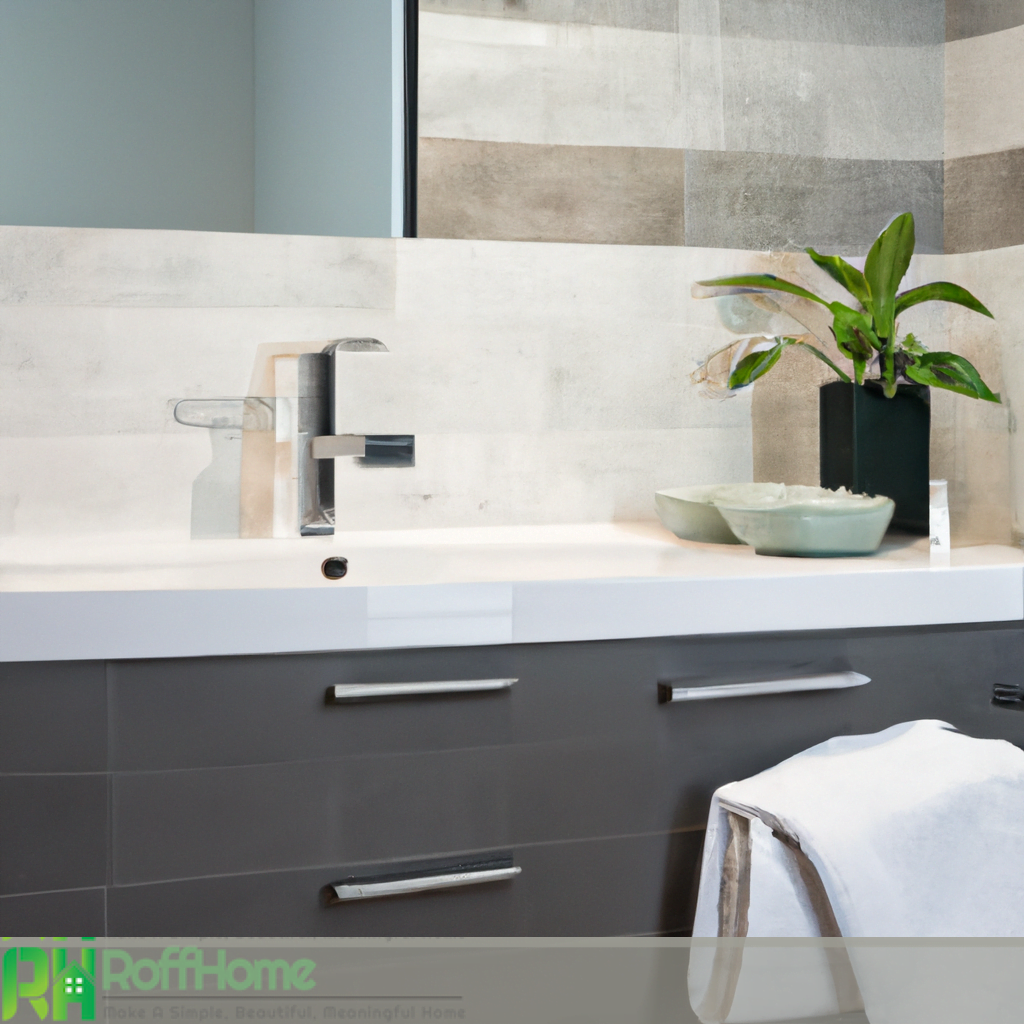Inspiring Log Cabin Living Room Ideas for a Cozy and Serene Retreat

The log cabin living room is a haven of cozy comfort and rustic charm. It is a space where design and decor come together to create an inviting ambiance reflecting the surrounding environment’s natural elements. With its warm and inviting atmosphere, the log cabin living room serves as a retreat from the hustle and bustle of daily life.
Furniture in a log cabin living room plays a crucial role in enhancing the overall aesthetic. It should be chosen carefully to blend seamlessly with the cabin’s rustic charm. Natural materials and textures such as wood, leather, and fur can be incorporated to add depth and character. A focal point in many log cabin living rooms is the fireplace, which adds warmth as a gathering spot for family and friends.
Lighting solutions are vital in creating the desired ambiance in a log cabin living room. Soft, warm lighting can be achieved using strategically placed lamps and fixtures. Colors and textures are carefully chosen to reflect the surrounding natural beauty. Earthy tones, rich browns, and warm neutrals form the perfect palette for a log cabin living room, bringing a sense of harmony and serenity.
Space optimization and functionality are important considerations in designing a log cabin living room. Every inch of space should be utilized effectively to ensure a comfortable and practical environment. A log cabin living room makeover can be achieved even on a budget by repurposing existing furniture, adding personal touches, and incorporating unique memorabilia.
Blending modernity with the rustic aesthetics of a log cabin living room can create a captivating fusion of styles. Contemporary elements can be introduced through sleek furniture, modern lighting fixtures, and innovative decor choices. The result is a harmonious blend of old and new, offering both comfort and a touch of sophistication.
The History and Evolution of Log Cabin Living Rooms
The history and evolution of log cabin living rooms trace back to the earliest days of human civilization. Log cabins have been integral to human shelters for centuries, providing a cozy and practical living space. Understanding the history and evolution of log cabin living rooms sheds light on the transformation of this iconic architectural style.
The origins of log cabins can be traced back to ancient times when they were constructed using logs and primitive tools. In regions with abundant forests, such as Scandinavia and North America, log cabins served as the primary form of housing. These early log cabins were simple structures consisting of horizontally stacked logs with interlocking corners, providing durability and insulation.
During the colonial period in North America, log cabins became widespread due to their affordability and availability of resources. They symbolized self-sufficiency and resilience in the face of harsh wilderness. However, log cabins were initially bare and utilitarian, lacking the comforts we associate with modern living rooms.
As time progressed, log cabin living rooms underwent significant changes in design and decor. With technological advancements and construction techniques, log cabins evolved from basic shelters to more refined dwellings. Introducing tools like saws and axes allowed for smoother and more precise log construction. This led to the incorporation of intricate log joinery techniques, such as dovetail and saddle notch, adding both structural stability and aesthetic appeal.
In the 19th century, log cabins became popular as vacation retreats and recreational properties. The concept of the log cabin as a rustic getaway appealed to individuals seeking solace in nature. During this period, log cabin living rooms began to feature more comfortable furnishings, including wooden furniture and cozy seating arrangements. Fireplaces became a focal point, providing warmth and a cozy ambiance.
In the modern era, log cabin living rooms have evolved further, blending traditional rustic elements with contemporary design concepts. Natural elements such as exposed logs, stone accents, and wood finishes are often combined with modern amenities, stylish decor, and high-end furnishings to create a harmonious balance between rustic charm and contemporary comfort.
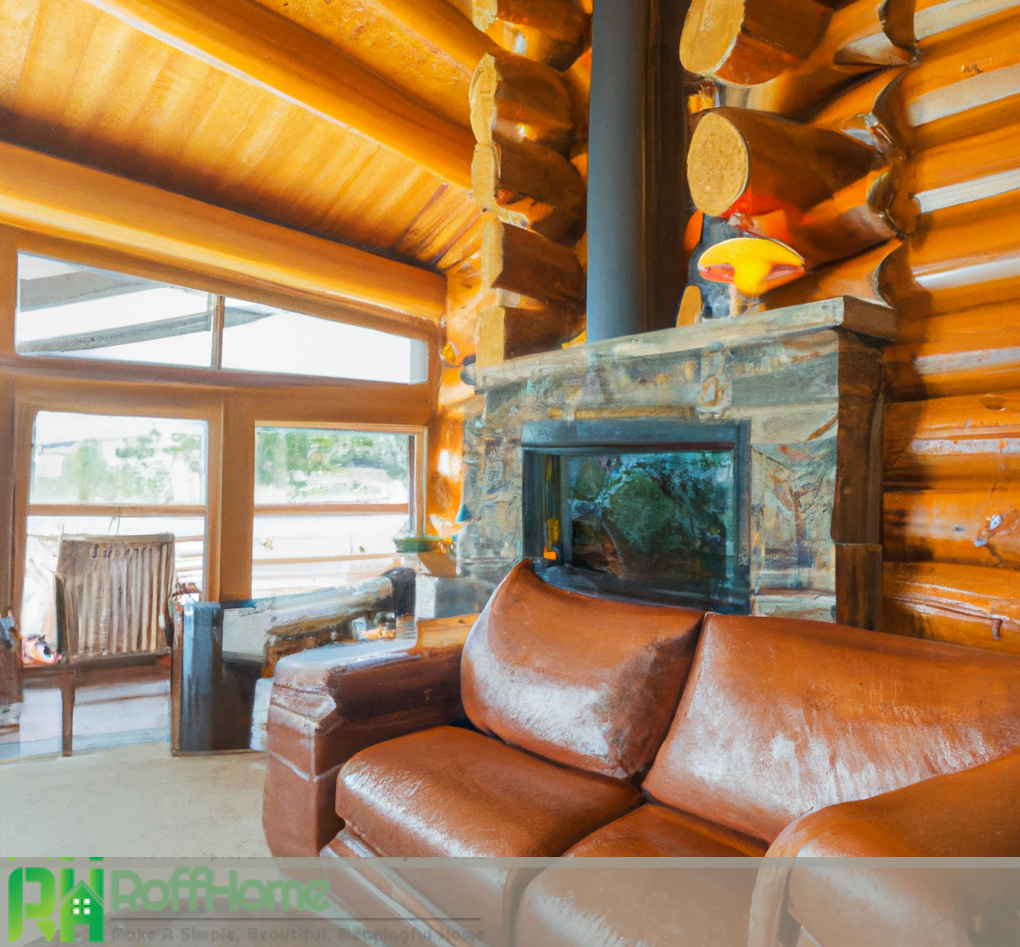
The Charm and Warmth of a Log Cabin Living Room
The charm and warmth of a log cabin living room evoke a sense of coziness, nostalgia, and connection to nature. This unique space embodies the rustic allure of log cabin architecture, creating an inviting retreat where people can relax, unwind, and enjoy the comforts of a simpler time.
The Fireplace often a serves as the focal point of a log cabin living room, enhancing its charm and providing a source of warmth and comfort. Whether it’s a traditional stone fireplace or a more modern wood-burning stove, the crackling fire and flickering flames evoke a sense of nostalgia and create a cozy ambiance. Gathering around the fireplace becomes a cherished ritual, fostering a feeling of togetherness and relaxation.
The color palette of a log cabin living room is often inspired by nature. Earthy tones, warm browns, and deep greens are commonly used to reflect the surrounding natural environment. Additionally, textures such as rough-hewn wood, cozy fabrics, and natural fibers further enhance the tactile experience and add to the overall warmth and charm of the space.
Furniture and decor in a log cabin living room are often chosen to complement the rustic theme. Wood furniture, such as log-style sofas, chairs, and coffee tables, adds authenticity and warmth. Cozy upholstery, plush cushions, and soft textiles invite relaxation and provide a comfortable seating area. Additionally, elements like antler chandeliers, wildlife-inspired artwork, and vintage decor contribute to the charm and create a nostalgic ambiance.
Designing a Cozy Log Cabin Living Room: Essential Elements and Tips
Designing a cozy log cabin living room involves incorporating essential elements and implementing tips that maximize comfort and enhance the rustic charm of the space. Creating a warm and inviting atmosphere is key to achieving the cozy aesthetic that log cabins are renowned for.
One essential element of a cozy log-cabin living room is natural materials. Opt for wooden floors, exposed log walls, and ceiling beams to create a rustic foundation. These natural elements bring warmth and texture to the space, evoking a sense of authenticity and connection to nature. Consider incorporating stone accents or a fireplace to enhance the cozy ambiance.
Proper lighting plays a crucial role in setting the mood of a log cabin living room. Allow ample natural light to filter through windows during the day and evening, creating a warm and intimate atmosphere using soft, warm-toned lighting fixtures. Utilize table lamps, floor lamps, and wall sconces strategically to create cozy pockets of light throughout the room.
Another important aspect of designing a cozy log-cabin living room is furniture selection. Choose comfortable seating options like plush sofas and armchairs with soft upholstery. Incorporate cozy throw blankets and accent pillows in earthy tones and natural textures to add comfort and warmth. Consider a coffee table or side tables made from reclaimed wood to enhance the rustic charm.
Textiles and fabrics play a significant role in creating a cozy atmosphere. Incorporate soft and inviting textiles, such as faux fur rugs, wool or knit blankets, and cozy curtains or drapes. These textiles provide warmth and add visual interest and tactile comfort.
Pay attention to the decor and accessories to complete the cozy log-cabin living room. Choose decor pieces that reflect the natural surroundings, such as wildlife-inspired artwork, vintage signs, or rustic cabin-themed decor. Incorporate elements of nature, such as dried flowers, branches, or natural wood accents, to bring the outdoors inside.
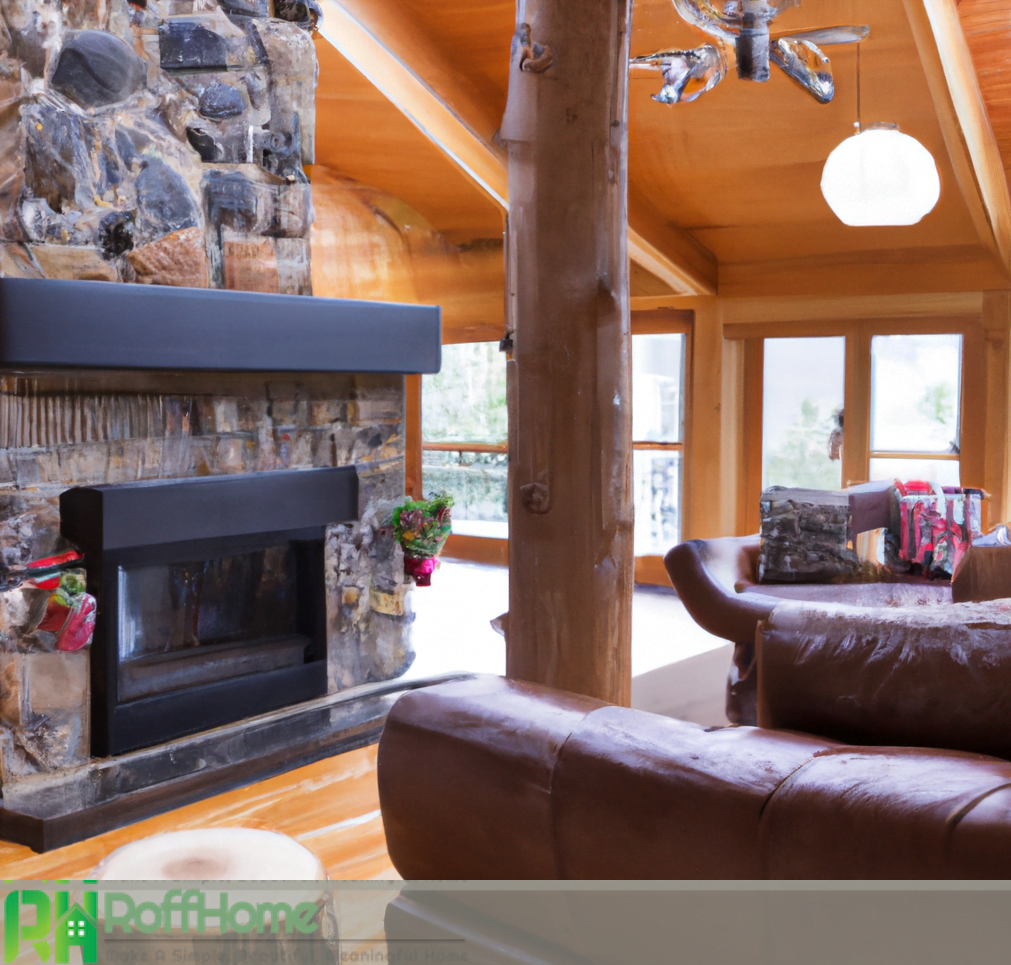
Rustic Elegance: Decorating Ideas for Log Cabin Living Rooms
Decorating a log-cabin living room with rustic elegance combines the charm of a cozy log cabin aesthetic with sophisticated design elements. This style celebrates beauty of natural materials and textures while adding a touch of refinement to create a space that exudes warmth and elegance.
One of the key elements of rustic elegance is the use of high-quality natural materials. Opt for rich, warm-toned woods like mahogany, cherry, or walnut for flooring, furniture, and accent pieces. Incorporate natural stone elements like a stone fireplace or accent wall to add visual interest and a sense of luxury.
In terms of furniture, choose pieces that have a refined yet rustic feel. Look for leather or upholstered sofas and chairs with elegant lines and details. Add a touch of luxury with plush cushions and soft, textured fabrics. Balance the rustic elements with contemporary or transitional furniture pieces to achieve a harmonious blend of styles.
Color schemes in rustic elegant log-cabin living rooms are often muted and earthy.
Neutral tones like cream, beige, taupe, and gray provide a sophisticated backdrop. Add depth and contrast with deeper shades such as rich browns, dark greens, or navy blues. Incorporate pops of color through accent pieces like pillows, rugs, or artwork.
Lighting is essential in creating an ambiance of rustic elegance. Opt for statement light fixtures that combine rustic and refined elements, such as wrought iron chandeliers or antler-inspired pendant lights. Incorporate layered lighting with task, ambient, and accent lighting to create moods and highlight specific areas.
Accessorize thoughtfully to enhance the elegant rustic theme. Choose artwork that reflects the natural surroundings, such as landscape paintings or wildlife-inspired prints. Incorporate luxurious textures through faux fur throws, velvet pillows, or silk curtains. Introduce decorative elements like elegant candle holders, mirrored accents, or metallic details to add a touch of glamour.
Creating a Relaxing Retreat: Tips for a Zen-inspired Log Cabin Living Room
Creating a Zen-inspired log-cabin living room provides a serene space for relaxation and rejuvenation. This style incorporates minimalism, natural materials, and a harmonious color palette to create a calming and peaceful retreat within your log cabin.
To achieve a Zen-inspired atmosphere, start by decluttering the space and embracing simplicity.
Keep furniture and decor minimal, focusing on clean lines and functional pieces. Opt for a neutral color palette of soothing shades such as whites, beiges, soft grays, and muted earth tones.
Introduce elements of nature into your log-cabin living room. Use sheer curtains or blinds to maintain privacy while allowing light to filter in. Incorporate indoor plants, such as bamboo, bonsai trees, or peace lilies, to bring a sense of tranquility to the natural world.
Consider the space layout to promote a sense of openness and flow. Avoid cluttering the room with too many unnecessary items. Create dedicated zones for different activities, such as a meditation corner or a reading nook.
Lighting is crucial in setting the ambiance in a Zen-inspired living room. Opt for soft, diffused lighting using warm-toned bulbs or natural light sources. Incorporate floor lamps, wall sconces, or paper lanterns to create a gentle, calming glow.
The texture is important in creating a Zen-inspired log-cabin living room. Choose soft cotton, linen, or silk fabrics and textiles with a soothing touch. Use cushions, throws, and area rugs to add comfort layers and create a cozy atmosphere. Consider incorporating natural textures like bamboo blinds or woven baskets for storage.
Lastly, add thoughtful accents and decor that reflect the Zen aesthetic. Choose minimalist artwork, such as nature-inspired prints or calming abstract pieces. Incorporate natural elements like stones, water features, or a small indoor fountain to enhance the sense of tranquility.
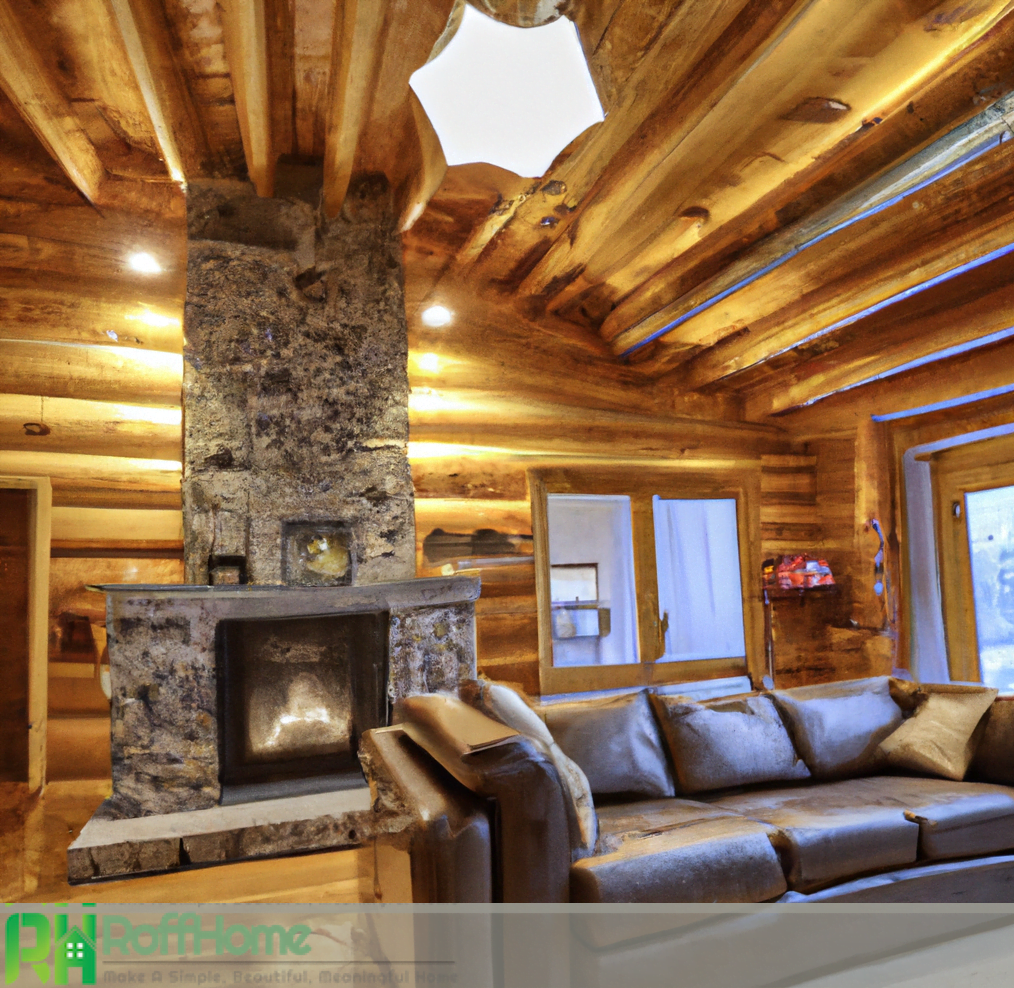
Maximizing Space in a Log Cabin Living Room
Maximizing space in a log cabin living room is essential to create a functional and comfortable environment, particularly in smaller log cabins. By employing smart design strategies and making thoughtful choices, you can optimize the available space and enhance the overall functionality of your living room.
One key aspect of maximizing space is efficient furniture selection. Choose furniture pieces that are appropriately sized for the room. Opt for compact sofas, armchairs, and coffee tables that don’t overwhelm the space. Consider multifunctional furniture such as storage ottomans or nesting tables that serve dual purposes. Wall-mounted shelves or built-in cabinets can also help maximize vertical space while providing storage solutions.
Another strategy is to arrange furniture to promote openness and flow. Avoid blocking pathways or creating cramped corners. Position furniture against walls to free up the center of the room. Create distinct zones for different activities, such as seating, dining, or entertainment, using rugs or furniture placement to delineate the areas.
Utilizing vertical space effectively is crucial in a log-cabin living room. Install shelving units or bookcases that go upward rather than taking up floor space. This allows you to store books, decor items, or even electronics without cluttering the room. Consider wall-mounted or floating shelves to display items while keeping surfaces free.
Lighting can also contribute to the perception of space in a log-cabin living room. Opt for recessed or track lighting fixtures to illuminate the room without removing valuable floor or surface area. Place mirrors on walls or behind furniture to visually expand the room.
To maintain an uncluttered and spacious feel:
- Be mindful of the decor and accessories in the living room.
- Choose key pieces that enhance the aesthetic and avoid overcrowding shelves or surfaces.
- Opt for minimalistic or streamlined decor to keep the focus on maximizing space.
Log Cabin Living Room Fireplaces: Types, Maintenance, and Accessories.
Log-cabin living room fireplaces add warmth, ambiance, and a focal point. They are functional and contribute to the rustic charm and cozy atmosphere for which log cabins are known. Understanding the different types of fireplaces, their maintenance requirements, and suitable accessories can help you make informed decisions about incorporating a fireplace in your log-cabin living room.
There are various types of fireplaces commonly found in log-cabin living rooms. Traditional wood-burning fireplaces offer an authentic and nostalgic experience, with crackling sounds and the scent of burning wood. They require regular cleaning, chimney maintenance, and a steady supply of firewood. On the other hand, gas fireplaces provide convenience with flip of a switch and require less maintenance. Electric fireplaces offer a hassle-free alternative, as they require no ventilation and can be easily installed.
Accessories can enhance the safety and aesthetic appeal of a log-cabin living room fireplace. Fireplace screens provide a protective barrier, preventing sparks and embers from escaping while adding a decorative element. Firewood holders or log racks keep firewood organized and easily accessible. Fireplace tools, such as pokers and brushes, assist in maintaining and tending to the fire. Mantels offer a space for displaying decor items or family heirlooms, further enhancing the visual appeal of the fireplace.

Personalizing Log Cabin Living Room: Adding a Touch of Individuality
Personalizing your log-cabin living room is an opportunity to infuse your unique style and create a space that reflects your individuality. Adding personal touches and incorporating elements that hold meaning, you can transform your log-cabin living room into a truly special and personalized retreat.
Decorating and artwork are one way to personalize your log-cabin living room. Choose pieces that resonate with you and align with your interests or passions. Display family photos, artwork from local artists, or items collected during travels to add a personal touch. Incorporate elements that showcase your hobbies, such as vintage sports memorabilia, musical instruments, or a book collection that reflects your interests.
Another way to add a touch of individuality is by selecting furniture and textiles. Choose pieces that reflect your preferred style, whether modern, traditional, eclectic, or a blend of different influences. Look for unique furniture designs or customize upholstery fabrics to reflect your taste. Incorporate textiles with patterns or colors that resonate with you, such as handwoven rugs or custom-made cushions.
Consider incorporating sentimental or cherished items into the decor. Display heirlooms, antique pieces, or handmade crafts that have sentimental value. These items add a personal touch, become conversation starters, and evoke nostalgia.
Personalizing the log-cabin living room can also involve incorporating elements from nature. Bring natural elements like branches, stones, or shells collected during outdoor adventures. Introduce plants and flowers with special meaning to you, such as your favorite blooms or those with sentimental value.
Lastly, consider adding a personal touch through customized or DIY projects. Create handmade artwork, build a custom shelving unit, or repurpose furniture to fit your style.
The Benefits of Custom Furniture for Your Log Cabin Living Room
Choosing custom furniture for your log-cabin living room offers a range of benefits that can enhance the space’s aesthetic appeal and functionality. Custom furniture allows you to create pieces tailored to your specific needs, style preferences, and the unique characteristics of your log cabin.
One of the main advantages of custom furniture is the ability to maximize space utilization. Log cabins often have unique layouts or limited space, and custom furniture can be designed to fit perfectly within these constraints. Whether it’s a custom-built sectional sofa that fits snugly in a corner or a built-in storage solution that maximizes vertical space, custom furniture ensures that every inch of your living room is utilized efficiently.
Custom furniture allows you to express your style and create a cohesive design aesthetic. Instead of settling for mass-produced furniture that may not align with your vision, you can work with a designer or artisan to bring your ideas to life. From choosing the materials, finishes, and upholstery to deciding on the design details, custom furniture enables you to create pieces unique to your log-cabin living room.
Quality is another significant advantage of custom furniture. Unlike mass produced furniture, which is often made with lower-grade materials and manufactured quickly, custom furniture is crafted with attention detail and precision. Skilled artisans can create furniture pieces built to last, using high-quality materials that withstand the test of time. This ensures that your log-cabin living room furniture looks beautiful and remains durable and functional for years to come.
Custom furniture also offers flexibility in terms of functionality. You can incorporate personalized features and adaptations to suit your lifestyle and needs. For example, you can design a custom coffee table with built-in drawers if you require additional storage. If you have specific ergonomic requirements, custom seating can be designed to provide optimal comfort and support.
In conclusion, the log-cabin living room is a space that embraces rustic charm, cozy ambiance, and personalization. It offers a relaxing retreat, connecting with nature and creating lasting memories. With thoughtful design, furniture choices, and personal touches, it becomes a haven of comfort and individuality.

